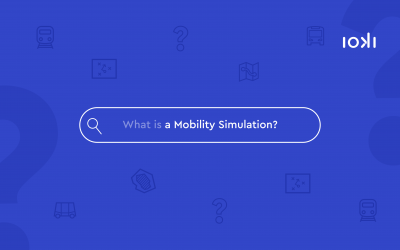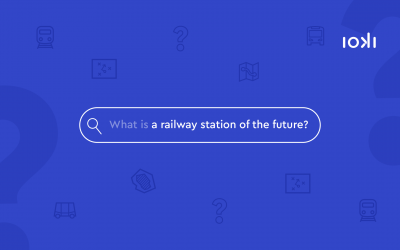Until August 2024, GTFS-Flex was an extension of this standard, which contains all information for flexible on-demand transport. Now GTFS-Flex data is part of the GTFS data standard. Passengers can now find information on demand-responsive services more easily, which is a milestone, especially in rural regions. Until now, such demand-oriented offers have not been displayed.
Benefits for passengers
• On-demand transport is better displayed and informed
• More flexibility through a broader, demand-oriented offer
• Attractive alternative to private cars on the first and last mile
Advantages for transport companies
• Precise information about the use of all public transport means
• Higher occupancy on demand-responsive transport due to better information
• Additional sources of income through more potential passengers



